Dromos is a smart city app that use open data in order to supply navigation routes through cities and towns. This platform was created to work in areas where alternatives services (e.g. Google Maps) are not reliable or functionally available.
Dromos is the regional winner for the “Developing Latin America” international challenge for its use and implementation of open data for Guayaquil. The team was awarded $10'000 USD and a 3 month acceleration program in Santiago, Chile. Previously, we also won a local transportation challenge that gave us the opportunity to participate on the regionals.
A large part of bus routes in the city are not consistent neither accessible to the public, only veterans in the system are aware of them. This creates a steep learning curve to whoever wants to use it, which creates and inefficient use of the public transportation system.
We created a transportation route map by mapping various “Venues of Interest” in the city and matching them with the routes gathered from experienced users, the development of this technology helps us create several spin-off applications, that if used all of them in conjunction is a smart city app to navigate and discover the city.
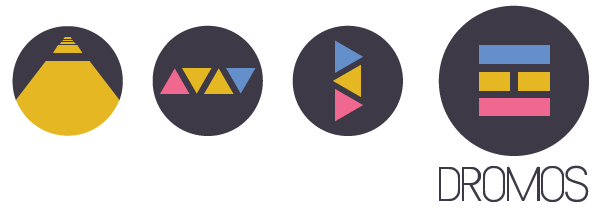
I lead the user research and the user experience approach for the mobile app. My work during the user research help us understand the user pain during their commute, not only the ability to understand the bus routes but their security along the commute. As a UX designer I decided about the features to be included in the mobile app.
We were a team of 3, with Jose Espinoza as the back-end programmer, and David Chang in charge of the front-end and business front man of the team.

All begun with the idea to solve the lack of information for transportation in the city. In 2013, Guayaquil is a growing city with 2.5 million inhabitants, Fundapi and Developing Latin America joined forces to launch a challenge that requires its participants to use Open Data and solve existing problems inside the city. We choose to look into Transport.
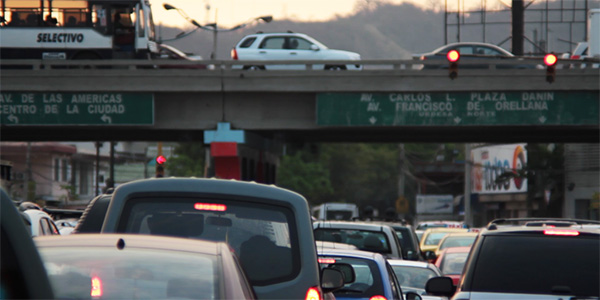
Buses do not have a proper “Bus Stop” for mostly 90% of the route, this means that buses stops when the driver or passenger wants to stop, this causes traffic and, accidents.
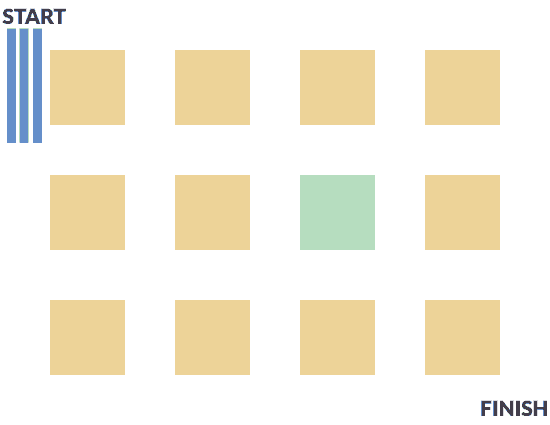
This animated image shows the different routes that only one bus can take in one week. The bus would certainly get to the last stop, but between the first and last stop, the route change. This is why, is so difficult to determine a route.
Along the research onto other transportation systems, we came across several times with the same pattern. All metro/train/subways stops are near a point of interest (POI). This insight is the foundation for the whole project. Therefor we started mapping bus routes and figure it out if this would work. The next image illustrate how the process went on.
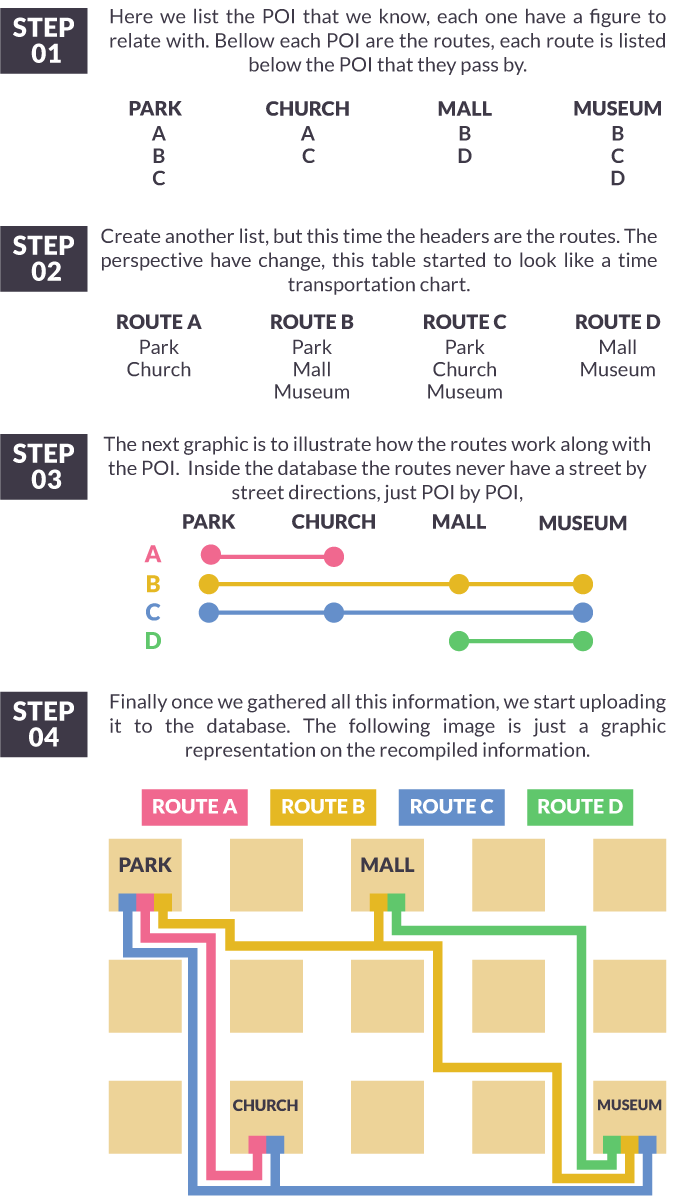
We figure it out pretty quickly that this idea could work for the whole system. We started to develop a prototype that would ask for the starting and ending point, and in return would provide all the POI from A to B.
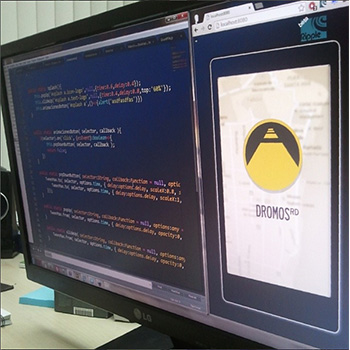
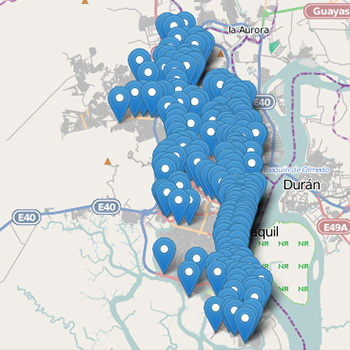
At the beginning of the project we use the information from the “Metrovia” a newly developed transportation system that aims to ease the traffic, but it only covers a small percentage of the city. All the data that we collected were PDF of Google Maps points. Not the ideal way to do it, but it was the only available source.
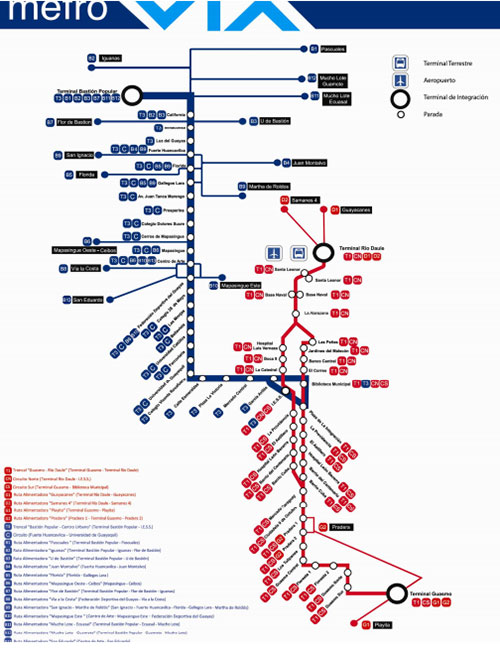
We knew that there is a problem, but what is that affects the user? Us active users of the system we got our own share of experience but we need to hear from the users. We used design thinking to gather their pains and motivations, information that helps to improve their urban experience.
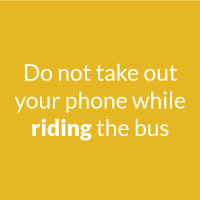

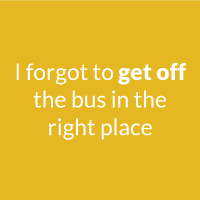
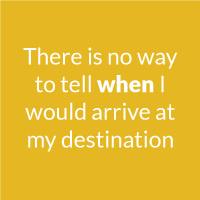
This quotes came from the user interviews, this and other research tools helps us came out with this main points thathelps us organize the thoughts from all users.
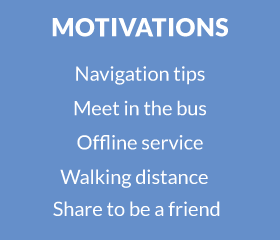
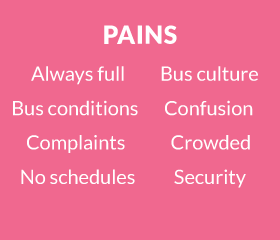
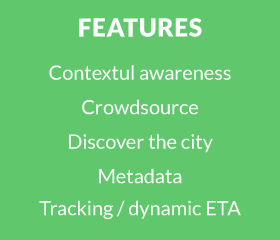
Designing this app brings up several concerns about screen space, situational awareness of the user, information, and so much data that I would like to include, luckily the research help me figure it out the data to include in the design. Funny enough this was in 2013, mainstream apps did not include some of this features like the contextual awareness, but now, is a must-be in any app.
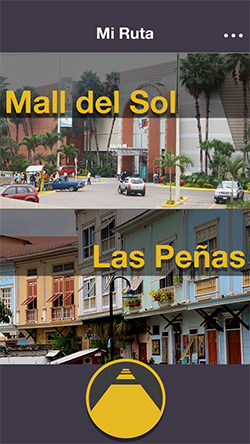

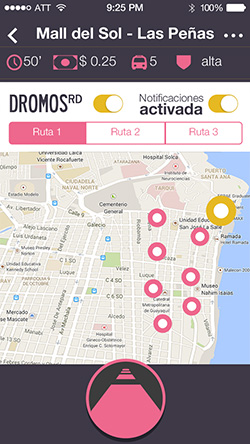
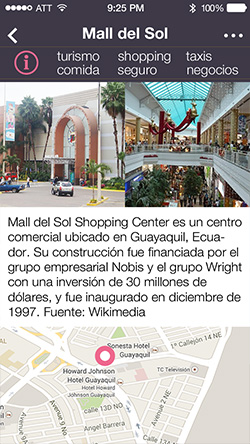
In the first screen, the user would set up their starting and ending point. Is important to understand that buses do not have a specific bus stop and once the user select his starting point he need to walk to the starting point.
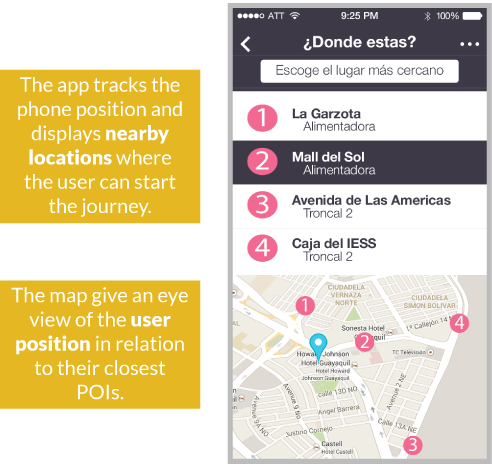
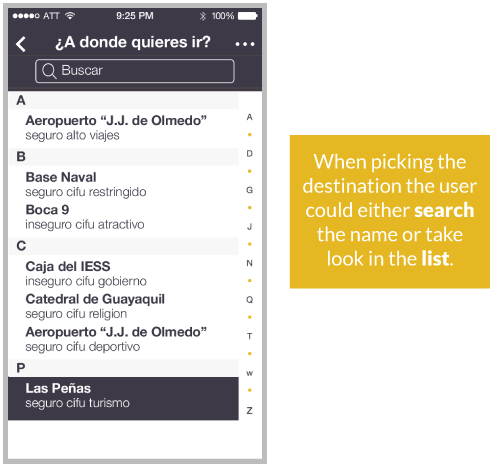
This is the main screen where the majority of the features are accessible.
First, we see the time the user would expend for the whole trip. The money so the user know in advance how much he would expend. Transfers inside the city are common, this would act as a reminder of how many transfers are left. The security inside the bus based on people reports. The user can select between 3 different routes to accomplish the journey. If the user is comfortable with is route selection he could start the trip tapping on the Dromos button.
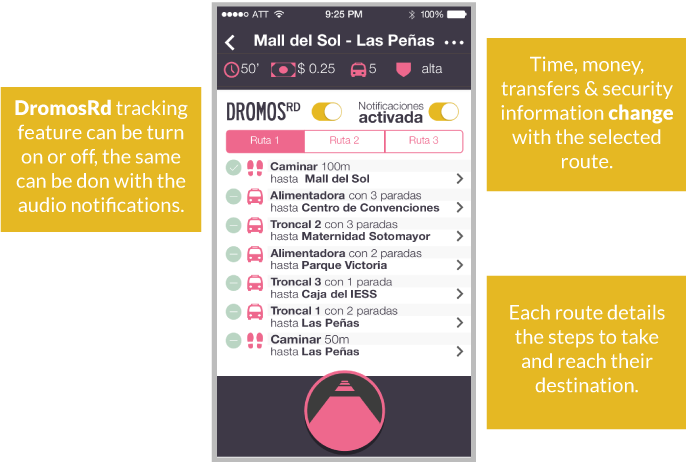
Dromos RD is a feature that hints the user when their stop is getting near. It works by tracking the device location, if the user is getting near his stop the device would start vibrating. The user get notified about his stop coming near, then he would bump the phone to stop further vibrations.
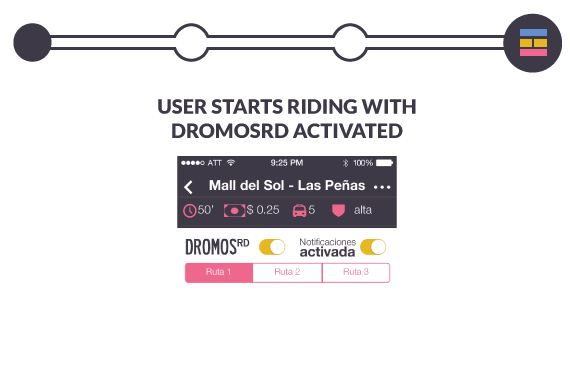
Is important to note the harsh reality of the public transportation, it is insecure and taking out your phone would only let others know what kind of phone you have and if there is a thief among the other passengers, he would probably try to rob the phone. This is why phones usually stay inside the pocket or in the bag, but if the user cannot take his phone out he would not know when is the next stop. We came out with this feature to keep the user informed.
There are extra options that help the user get more information from the POI and track the route.
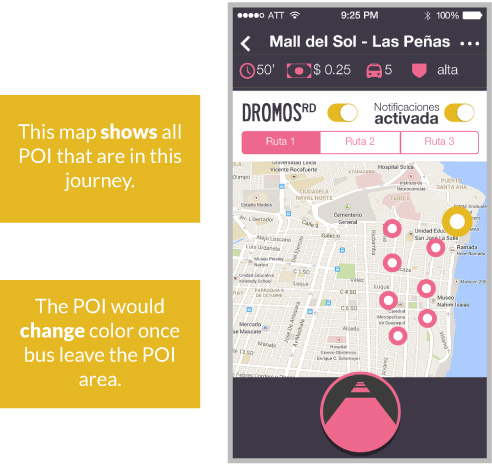
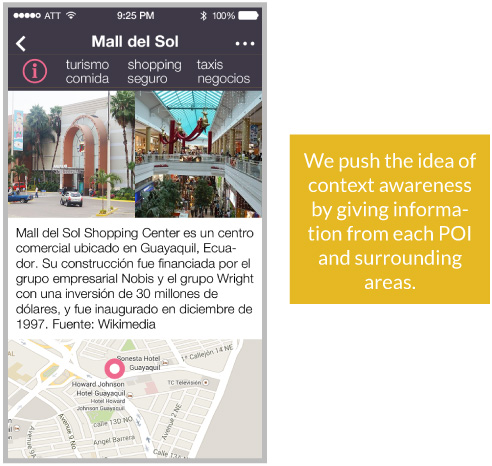
The day has come and we were ready to pitch the idea in front of everyone. We manage to compile an APK file and give a live demo show. After hearing all the presentations and waiting for the jury deliberation, we got awarded with the prize for the transportation challenge.

Finally here is a video of the final product. Working with Dromos was quite a challenge, it begins as a side project working on weekends until we got the money to give our 100% but sadly we did not came out with a sustainable business model. On the other side, I came out with so much knowledge, working with other startups saw how they became successful give me the motivation to keep trying.
back to the top >>